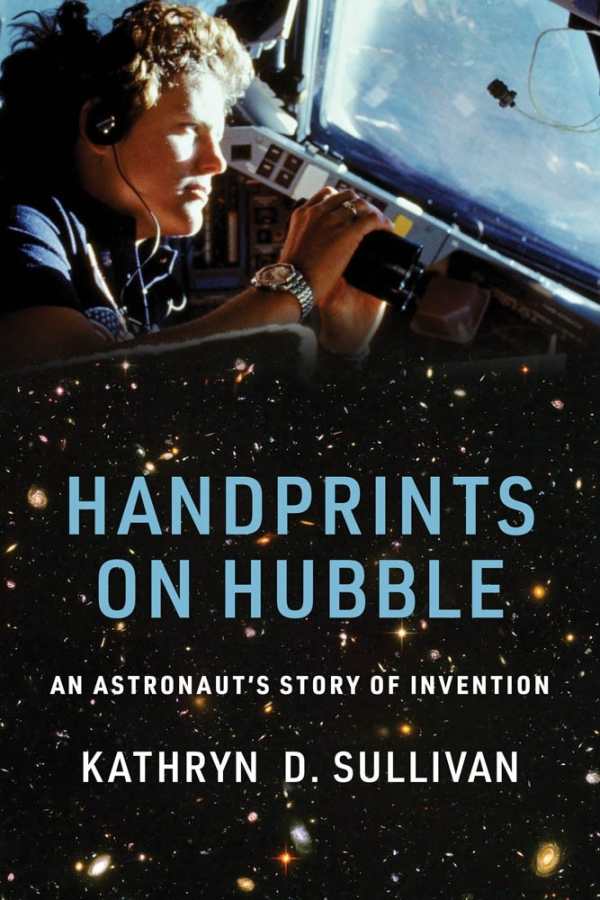Handprints on Hubble
An Astronaut's Story of Invention
In her memoir Handprints on Hubble, astronaut Kathryn D. Sullivan conveys the excitement of going to space.
Kathryn Sullivan had a career in oceanography when she was chosen to be among the first women astronauts recruited by NASA. She first relates her career in the decade before NASA’s determination to create a bus-sized telescope and put it into orbit made Sullivan, who was experienced in low-gravity environments, a logical pick for Hubble’s development team.
Sullivan’s narration is friendly and engages interest. She captures the feeling of launching into orbit with accessible scientific explanations and is modest about her significant role in Hubble’s creation. She creates a record of that development, and the people both inside and outside NASA who made it happen, and depicts the years of training, rehearsals, and ground work that went into launching it. All of this work underscores what it takes to be an astronaut.
Descriptions of developing tools and procedures are set against a timeline and under the continual threat of budget cutbacks; there’s urgency at every step, and the complexity and difficulty of the undertakings are conveyed with accuracy. Sullivan is honest about the sense of withdrawal that comes when astronauts return to ordinary life, and expresses envy while watching the launch of a repair team, sent to Hubble with tools she helped design, but didn’t get to use. Enthusiasm for space and admiration for the many people involved in its exploration is a constant.
Handprints on Hubble is an involving, inspiring personal account of creating Hubble, the telescope that changed Earth’s view of the universe.
Reviewed by
Susan Waggoner
Disclosure: This article is not an endorsement, but a review. The publisher of this book provided free copies of the book to have their book reviewed by a professional reviewer. No fee was paid by the publisher for this review. Foreword Reviews only recommends books that we love. Foreword Magazine, Inc. is disclosing this in accordance with the Federal Trade Commission’s 16 CFR, Part 255.

